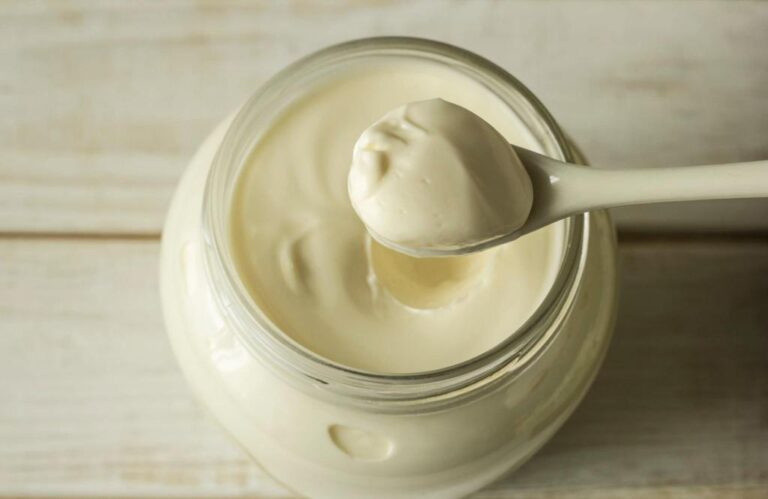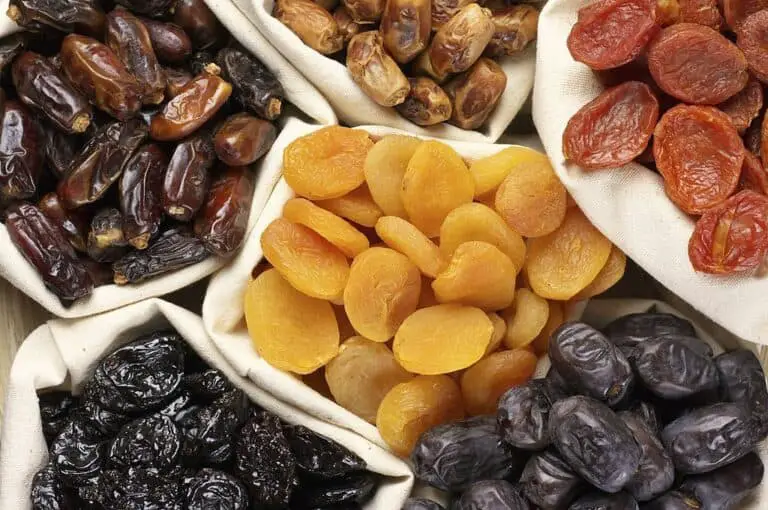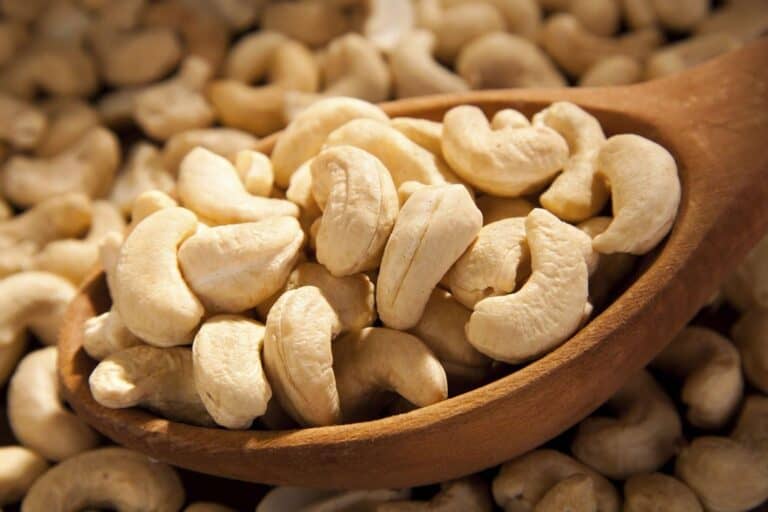Can You Reheat Meatballs Twice Without Compromising Safety or Taste?
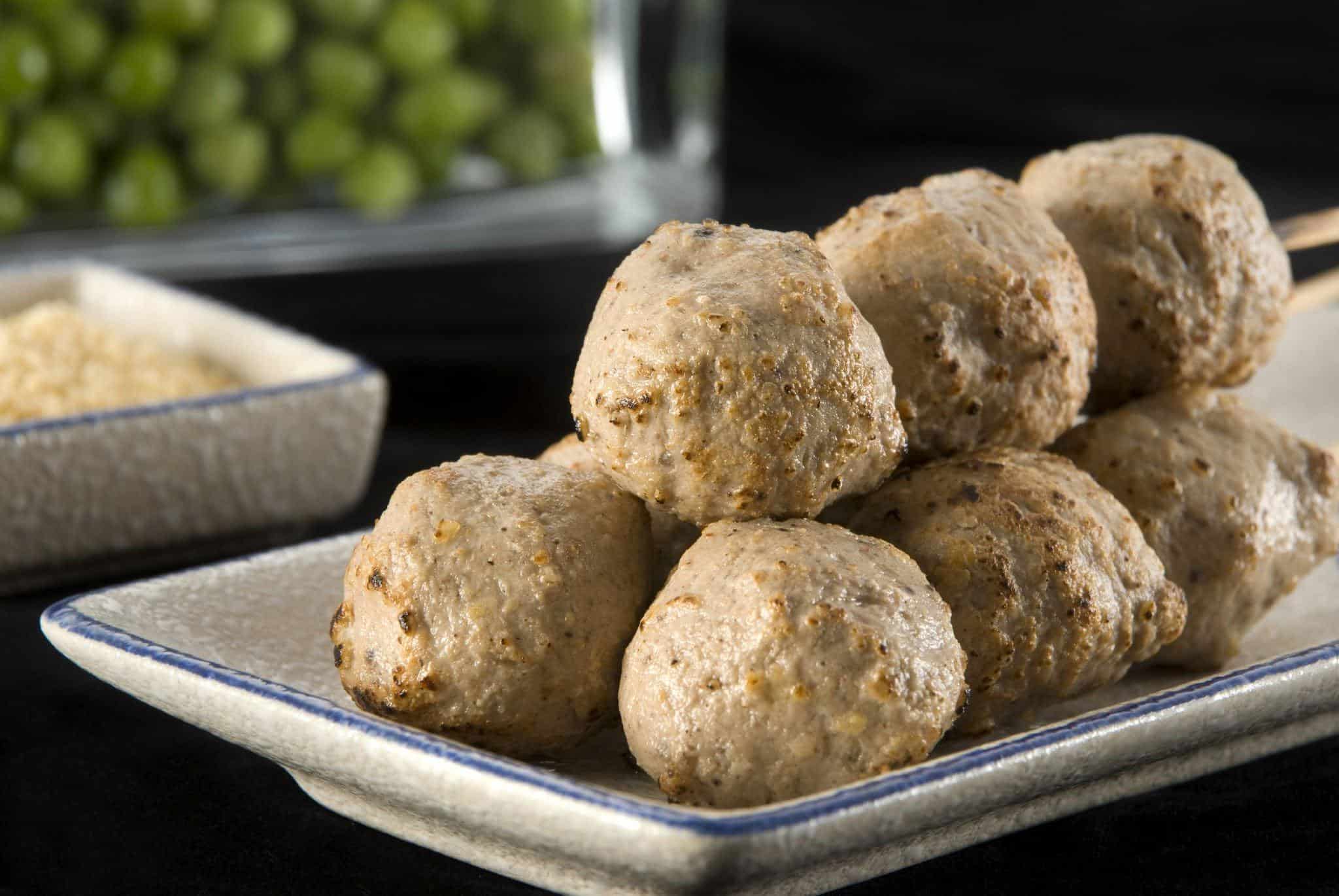
There’s something deeply satisfying about a plate of perfectly cooked meatballs. They are juicy, flavorful, and comforting. You may have spent hours hand-rolling them. Or, you may have picked up a batch from your favorite deli or restaurant. These bite-sized wonders are a crowd-pleasing addition to any meal. However, it’s not unusual to find yourself with leftovers after indulging in an abundant portion.
Leftover meatballs can be quite versatile and make for convenient and delicious meals the next day. You can add them to pasta and sandwiches. You can also use them as pizza toppings. Or, you can even create new dishes from them. Their potential is limitless. But what if you don’t finish all the leftovers in one go? Can you reheat those meatballs again without compromising their texture or safety?
In this article, we’ll dive into reheating leftover meatballs. We’ll explore various methods to keep them moist and flavorful when given a second life. We’ll also answer the age-old question: Is it safe to reheat meatballs twice? So let’s get started on this culinary journey where no delicious bite goes wasted!
Can You Reheat Cooked Meatballs Twice?
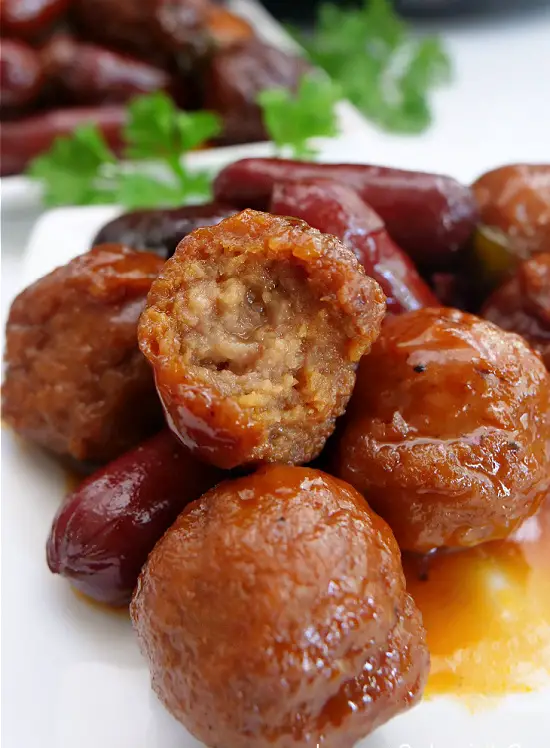
It is important to know the rules for safely enjoying your food. You should do this without sacrificing taste or risking your health when you reheat leftovers. While reheating certain foods more than once can be perfectly fine, other dishes may not withstand multiple rounds of reheating due to changes in texture and flavor. So, what about meatballs? Can you reheat them twice?
In general, it is safe to reheat cooked meatballs once they have been stored properly in the refrigerator and heated thoroughly. However, when considering a second round of reheating, there are a few factors you should keep in mind.
If you’ve already had a meal from these meatballs within two days after cooking or reheating (including both storage time and the previous heating), it is generally safer not to reheat them again.
If roasted veggies or pasta are in meals with the oven-baked beef or pork balls, this affects future uses. This is due to storage times and heating cycles. But if reheating time is short, taking precautions will help. For example, use a lower temperature on the second heating.
Enjoy your tasty homemade meatballs. They are safe to eat. They will not be mishandled or reduced by reheating. To do this, portion out an amount that can be eaten right away. Don’t make too many leftovers that need to be heated up several times.
Remember that every type of dish has different properties and contains various ingredients. The outcomes also vary depending on several elements, including the specific recipes used.
Reheating Meatballs Techniques
When reheating meatballs, you can use several techniques. They ensure the meatballs heat thoroughly and keep their delicious flavors.
Oven Method:
One popular method is using the oven.
- Preheat your oven to a low temperature, around 300°F (150°C).
- Place the meatballs in an oven-safe dish and cover it with foil to retain moisture.
- Heat for 15-20 minutes or until the internal temperature reaches 165°F (74°C), checking periodically to avoid overcooking.
Microwave Method:
If you’re short on time, microwaving can be a convenient choice.
- Use a microwave-safe dish and cover the meatballs with a damp paper towel to prevent dryness.
- Reheat in short intervals, stirring in between, until they reach the desired temperature.
- Checking periodically to ensure they do not become too dry.
Stovetop Method:
This method allows for quick reheating while also adding some crispy texture to your meatballs.
- Start by heating a small amount of oil or sauce in a skillet over medium heat.
- Place the meatballs in a pan with a splash of broth or sauce to maintain moisture.
- Heat on low to medium heat, stirring occasionally.
Remember: use any technique to reheat your meatballs. But, be sure they reach at least 165°F (74°C) inside before eating for safety.
Safety Considerations when Reheating Meatballs
Meatballs can be tasty and convenient. But, when reheating them, safety is key. One common question that arises is whether it is safe to reheat meatballs more than once.
As already mentioned, well-cooked meatballs and preservation are the keys. They let you reheat meatballs many times.
Let’s dig into key safety considerations. They ensure a risk-free and fun dining experience.
1. Time and Temperature:
- Reheating should occur within 24 hours of the initial reheating to minimize bacterial growth.
- Ensure the internal temperature of the meatballs reaches at least 165°F (74°C) to eliminate any potential harmful bacteria.
2. Bacterial Contamination:
- Reheating twice raises the risk of bacteria. So, avoid reheating more than once.
- Use a food thermometer to accurately gauge the temperature and guarantee the elimination of harmful microorganisms.
3. Proper Storage:
- Store leftover meatballs in airtight containers. Put them in the fridge to slow bacterial growth.
- Avoid leaving cooked food at room temperature for an extended period, as bacteria thrive in these conditions.
4. Visual Inspection:
- Discard any meat that looks or smells off, as it could indicate spoilage.
- Check for any unusual discoloration outside and inside cooked meatballs. Also check for bad smells or sliminess. These signs mean the meatballs are no longer safe to eat.
Does Adding Sauce Moisture Enhance Flavor After First Reheating?
Some home cooks might think that adding sauce moisture to reheated meatballs would make them taste better. This can be tempting. But, it’s important to understand how adding sauce moisture might affect the texture and taste of your leftover meatballs.
Adding sauce moisture to reheated meatballs can help prevent them from drying out further during the second round of heating. The additional liquid from the sauce helps steam and rehydrate the meat, keeping it moist and tender. Moreover, if you simmer your reheated meatballs in the sauce for a short time before serving, they have a chance to absorb more flavors from the seasoning-rich liquid.
However, there are a few factors that must be considered when deciding whether or not to add sauce moisture. Firstly, take into account how wet or dry your original batch of meatballs was before storing them. If they were already quite moist initially, adding too much extra liquid may result in soggy and waterlogged final results.
But if your leftover meatballs were dry after being refrigerated or frozen, adding some sauce (like fish sauce, Alfredo sauce, and tomato sauce) could make them juicier and tastier.
Evaluating Quality After Initial Reheat
Once you have reheated your leftover meatballs for the first time, you need to check their quality. Only then should you think about heating them again. There are some clear signs that indicate whether a second reheat may compromise the taste and texture of the meatballs.
One key factor to consider is the moisture content. If your meatballs appear dry or rubbery after reheating, further heating will only make them worse. Dry meatballs can lack flavor and tenderness, so it may be best to avoid reheating them again if they’re already showing signs of being overcooked.
Another signal to watch out for is any change in color or appearance. Your once juicy meatballs have turned pale and lost their appeal. This suggests that reheating them more could make them worse.
Lastly, trust your nose! A change in smell often shows that bacteria grew during storage or reheating. If leftovers smell sour or odd, throw them out. They could make you sick.
Risks Associated with Second-Time Heating:
When reheating meatballs, think about some risks. They come from heating them a second time. One of the main concerns is bacterial growth. Meat, including cooked meatballs, can be a breeding ground for bacteria if not handled and stored properly. Each time you reheat food, you’re giving bacteria more opportunities to multiply.
Another risk is that the meatballs may become dry or tough after being reheated multiple times. Repeated heat can dry the meat by pulling out moisture. This leaves it less juicy and tasty. This can result in a less enjoyable eating experience.
To minimize these risks, make sure you store leftover meatballs properly by placing them in an airtight container in the refrigerator within two hours of cooking. When reheating them, use methods that ensure thorough heating. Also, keep them moist.
Also, it’s worth mentioning that it’s safest to reheat leftovers only once. It may be tempting to reheat the extra meatballs because they taste so good. But, caution about food safety is crucial. It prevents health risks from eating food that was not heated or stored right.
Tips on How to Properly Store Leftovers Cooked Meatballs
First, ensure the meatballs reach a safe temperature before storing them. This is crucial for their safety when reheating.
Also, consider how long the leftover meatballs have been in the fridge. Then, try to reheat them again. The longer they’ve been stored and exposed to potential bacteria growth from handling and storage conditions (such as temperature fluctuations),. The risks are higher with more rounds of heating.
When it comes to preserving the quality and safety of leftover meatballs, proper refrigeration and storage are key. Here are some best practices to follow:
1. Cool Before Storing
Before you refrigerate cooked meatballs, make sure they have cooled (within 2 hours of cooking). This helps prevent the growth of bacteria that thrive in a warm environment.
2. Divide into Portions
If you have a large batch of meatballs, consider dividing them into smaller portions before refrigerating them. This allows for quicker cooling and easier reheating later on.
3. Use Airtight Containers
To keep your meatballs fresh and protect them from absorbing any odors or flavors from other fridge items, store them in airtight containers or zip-lock bags. Glass containers with tight-fitting lids work well too.
4. Labeling and Dating
Don’t forget to label your stored meatballs with the date they were made so that you can track their freshness easily. Remember, cooked meatballs are typically safe to eat within 3-4 days when properly stored in the refrigerator at or below 40°F (4°C).
Other Creative Ways to Use Excess Leftover Meatballs
Reheating leftover meatballs is common. But there are many other creative and tasty ways to use up those extra meatballs. Instead of simply repeating the same dish, why not try something new and unexpected?
Here are some fresh ideas that will breathe new life into your leftover meatballs.
1. Meatball Subs
Transform your leftovers into a mouthwatering sandwich by making hearty meatball subs. Split open a fresh baguette or sub roll and layer it with warm marinara sauce, melted cheese, and sliced meatballs. Toast the sub in the oven until the bread is crispy and the cheese is melty. This quick and easy meal will satisfy any hungry appetite.
2. Taco Tuesday with a Twist
Give your tacos an Italian twist by substituting ground beef with chopped up reheated meatballs! Warm up your tortillas on a hot skillet and fill them with shredded lettuce, diced tomatoes, onions, grated Parmesan cheese, and, of course, those delectable reheated meatballs. Top it off with some tangy marinara sauce or salsa for an unforgettable fusion flavor.
3. Meatball Pizza Party
Take pizza night to another level by using leftover meatballs as toppings for your homemade pizzas! Roll out some pizza dough (store-bought or homemade). Spread a thin layer of tomato sauce on top. Then, sprinkle on mozzarella cheese generously. Scatter bite-sized pieces of reheated meatballs on top.
You can also add extra toppings, like bell peppers or mushrooms. Finally, bake until golden brown. This creates an irresistible combo you won’t soon forget.
Conclusion: Considering Safety and Quality Concerns Before Reheating Meatballs More Than Once
In conclusion, consider safety and quality before deciding to reheat meatballs twice. Reheating meatballs can make them convenient to enjoy again. But it’s crucial to heat them well and eat them within safe time limits.
First, when reheating meatballs, ensure they reach 165°F (74°C). This kills any bacteria or pathogens that may have grown during storage. You can do this by using techniques like microwave cooking with some stirring. You can also use oven baking or stovetop heating.
Secondly, it’s essential to note the quality changes that occur each time meatballs are reheated. Each additional reheating cycle has the potential to lead to dryness and loss of flavor since repeated exposure to heat causes moisture evaporation from the meatball’s surface. Therefore, if you decide to reheat already reheated meatballs for a second time or beyond, be prepared for potential textural changes and decreased moistness.
Ultimately, while it’s safe in most cases if proper precautions are taken, the quality decreases after the first heating. We recommend avoiding reheating meatballs more than once whenever possible, unless it’s absolutely necessary or there is no other choice.

